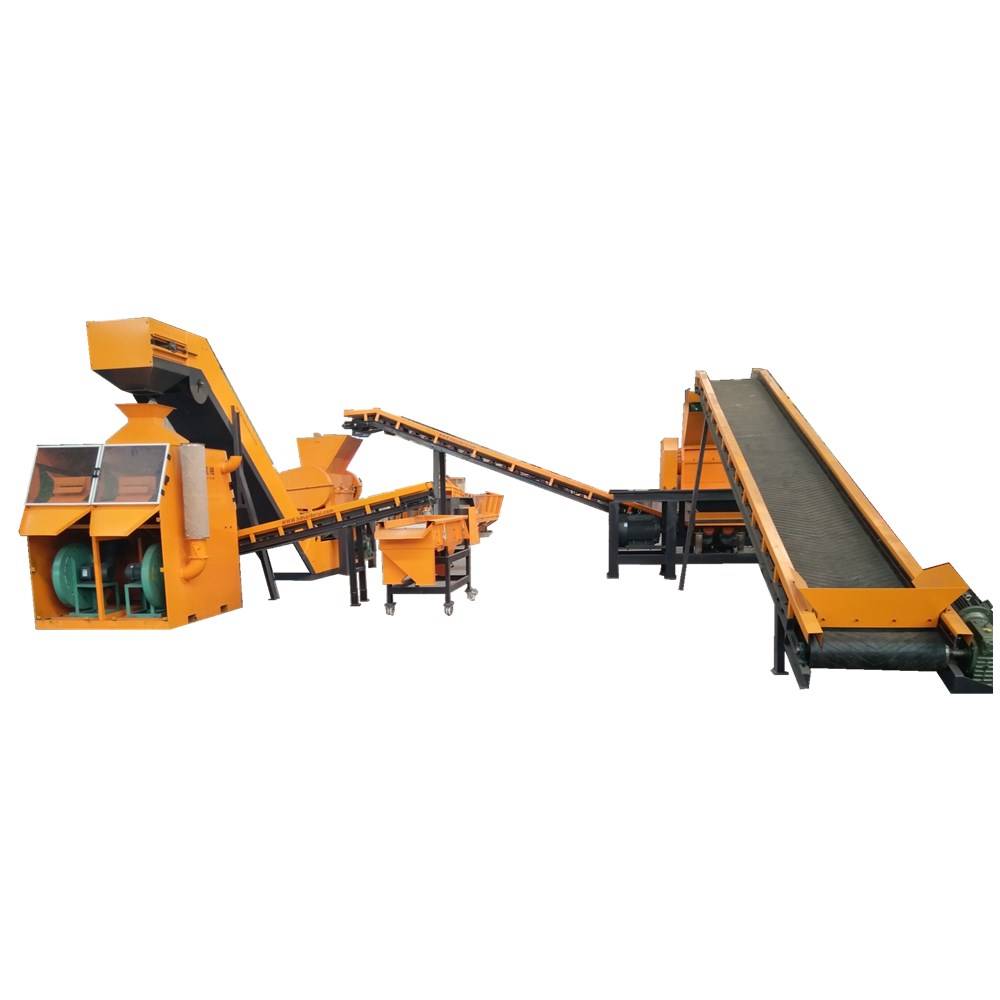
9 月 . 23, 2024 15:57 Back to list
Eddy Current in Aluminum Principles and Applications
Eddy currents are loops of electric current induced within conductors by a changing magnetic field, a phenomenon described by Faraday's law of electromagnetic induction. In aluminum, a non-ferrous metal known for its lightweight and high conductivity, eddy currents manifest significant implications across various applications, particularly in industries such as manufacturing, automotive, and aerospace.
Eddy Current in Aluminum Principles and Applications
One of the primary applications of eddy currents in aluminum is in non-destructive testing (NDT). This technique is crucial for inspecting materials without causing damage. By passing an alternating magnetic field through an aluminum component, NDT operators can detect flaws such as cracks or inclusions. As the eddy currents interact with these imperfections, changes in impedance occur, allowing for the identification of potential issues within the material. This application is vital in industries that require high safety standards, such as aerospace and automotive manufacturing.

Another significant application of eddy currents is in induction heating, a process that uses electromagnetic induction to heat conductive materials. Aluminum, with its high thermal conductivity and low melting point, benefits from this technology. By generating eddy currents within aluminum, manufacturers can precisely control temperatures, allowing for efficient melting and shaping processes. This capability is increasingly important in modern manufacturing, where precise thermodynamic control is essential for creating high-quality components.
Furthermore, eddy current braking systems utilize this phenomenon to create resistance and stop motion in vehicles. In this system, a conductor such as aluminum responds to a magnetic field by producing eddy currents that generate opposing forces, slowing down the object. This technology offers benefits in terms of energy efficiency and reduced wear compared to traditional braking systems.
In conclusion, eddy currents play a pivotal role in the utilization of aluminum across various sectors. From non-destructive testing to induction heating and advanced braking systems, the understanding and application of eddy currents demonstrate the intersection of physics and engineering, highlighting the innovative uses of aluminum in contemporary technology. As research continues to evolve, the potential for new applications of eddy currents in aluminum will undoubtedly expand, promising further advancements in multiple industries.
Latest news
Unveiling the Power of Eddy Current Separator
NewsSep.25,2024
Transform Your Home Recyclin:home metal shredder
NewsSep.25,2024
The Future of Waste Management with Recycling Line Picker
NewsSep.25,2024
The Benefits of a Metal Recycling Plant
NewsSep.25,2024
Revolutionize Material Separation with Onwang Technology
NewsSep.25,2024
Innovative Waste Management: Unveiling the MSW Sorting Plant
NewsSep.25,2024